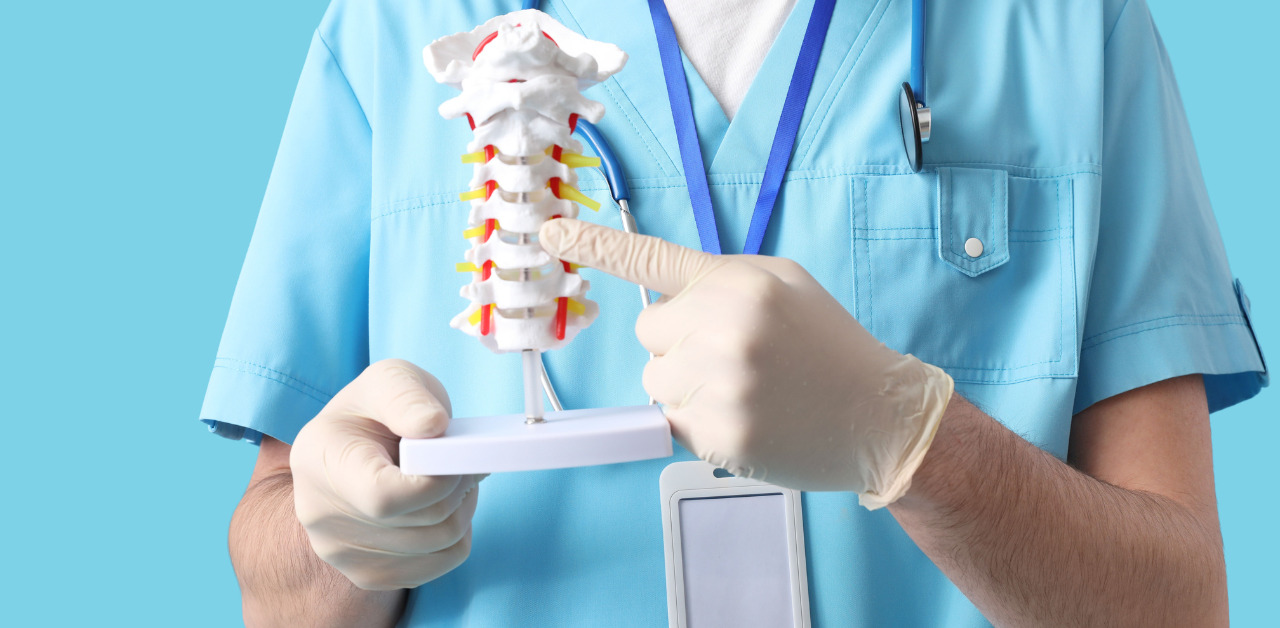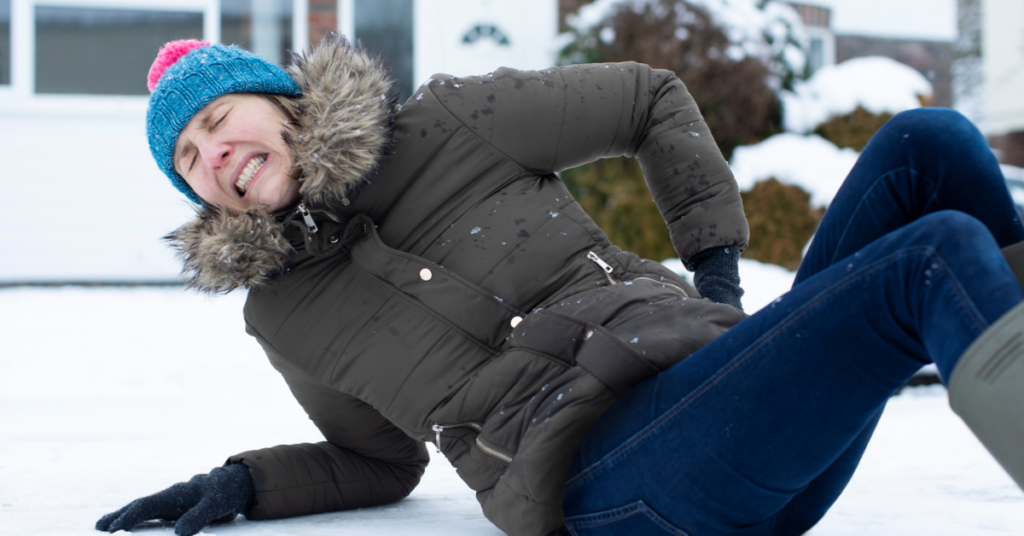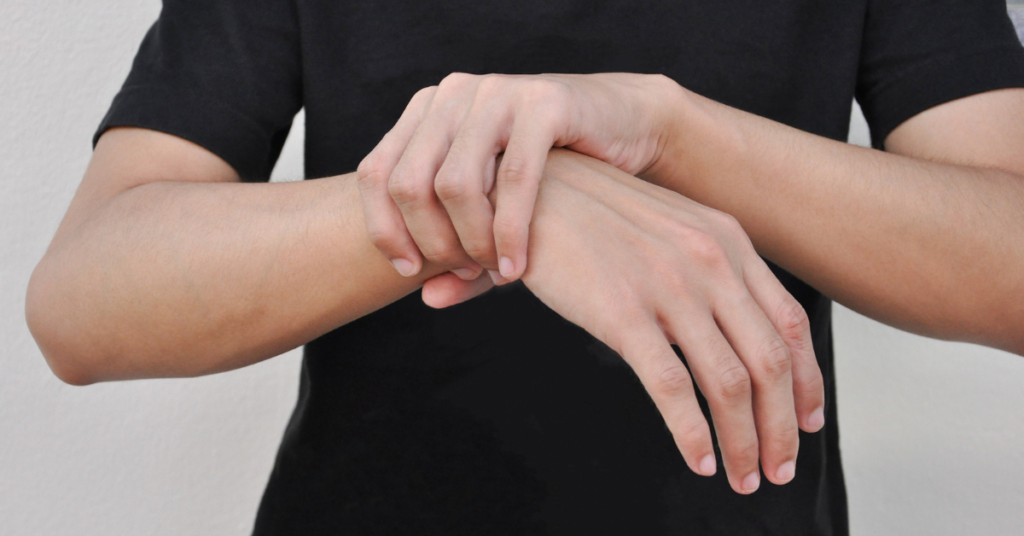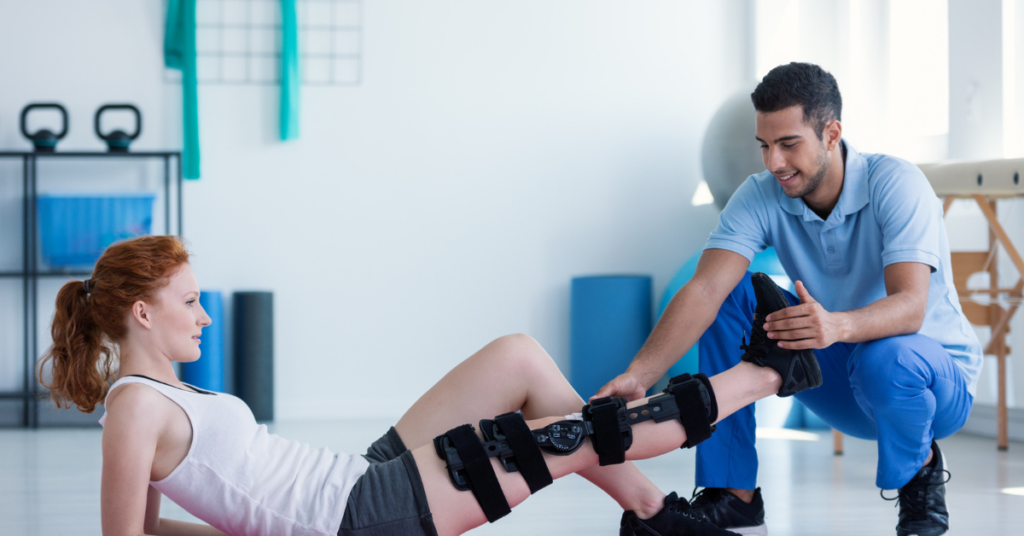Understanding the Causes of Spinal Cord Injuries: Prevention Tips

Free Confidential Consultation for Human Trafficking Victims
Free Confidential Consultation for Human Trafficking Victims


Spinal cord injuries can drastically change a person’s life, affecting everything from mobility to bodily functions. Understanding the causes of spinal cord injuries and taking prevention tips seriously can help reduce the risk. Common causes include motor vehicle accidents, falls, and sports injuries. Knowing these risk factors, adopting safety measures, and maintaining a healthy lifestyle can help protect yourself and others from these devastating injuries.
For those in Las Vegas, THE702FIRM Injury Attorneys are here to help. If you or a loved one has suffered a spinal cord injury, our experienced lawyers can provide the guidance and support you need. Schedule a consultation today to discuss your case and learn about your legal options.
Spinal cord injuries (SCI) can drastically affect a person’s life, impacting body functions and requiring extensive medical care. Understanding the causes of spinal cord injuries helps in both prevention and early diagnosis.
Spinal cord injuries can result from a variety of traumatic or non-traumatic events that damage the spinal cord, potentially leading to long-term physical impairment. Knowing the most common causes can help in prevention and early intervention.
Motor vehicle crashes are the leading cause of spinal cord injuries. The force exerted during a crash can cause severe damage to the spinal column, resulting in either complete or incomplete spinal cord injuries. Wearing seat belts and following traffic safety measures can reduce the risk of such injuries.
Falls, especially in older adults, are a significant cause of spinal cord injuries. This type of injury often occurs when someone slips, trips, or falls from a height. To prevent falls, keeping living spaces free of hazards is essential, such as using assistive devices if necessary and maintaining a healthy lifestyle to ensure strong bones and muscles.
Gunshot wounds and other acts of violence can lead to spinal cord damage. These injuries often affect the central nervous system and can cause various complications, including loss of muscle control and bladder function. Community safety programs and conflict resolution strategies can help reduce violence-related spinal injuries.
Sports-related injuries, particularly from contact sports like football or activities like diving, can result in spinal cord injuries. Wearing appropriate safety equipment, following safety protocols, and using proper techniques can minimize the risk of these injuries.
Certain diseases and conditions, such as spinal stenosis, herniated discs, and osteoporosis, can weaken the spine, making it more susceptible to injury. Regular medical check-ups and a healthy lifestyle can help manage these conditions and prevent spinal injuries.
In rare cases, spinal cord injuries can occur due to complications during surgery. This can happen if there is accidental damage to the spinal nerves or surrounding structures. Choosing experienced surgeons and discussing potential risks before surgery can help mitigate this risk.
Occupational hazards, especially in physically demanding jobs, can lead to spinal cord injuries. Following safety protocols, using protective gear, and undergoing regular training can reduce the likelihood of workplace-related spinal injuries.

When spinal cord injuries occur, they can severely disrupt the transmission of nerve signals between the brain and the rest of the body. Understanding how injury affects these signals is crucial for grasping the causes of spinal cord injuries and their prevention.
The spinal cord, a key part of the central nervous system, carries messages from the brain to various parts of the body. These messages control muscle movement, body functions, and sensory information. When a spinal injury happens, it can block or alter these messages, causing numerous health issues.
Right after a spinal injury, the transmission of nerve signals is often compromised at the injury site. This can result in a loss of muscle control, leading to paralysis. For instance, injuries higher up the spinal column can affect chest muscles, impacting breathing and body temperature regulation.
Understanding the causes of spinal cord injuries is important for prevention. Spinal cord injuries can occur due to traumatic events like motor vehicle accidents, falls, and sports injuries. By following safety precautions, we can reduce the risk of such injuries.
By understanding the risk factors and taking preventive measures, we can significantly reduce the chances of spinal cord injuries. Practicing safety protocols and maintaining a healthy lifestyle are essential steps in preventing these life-altering injuries.

It’s essential to recognize spinal cord injury symptoms quickly and get medical help immediately. Early detection and treatment can significantly improve recovery and reduce long-term effects.
Signs of a spinal injury include:
Emergency signs to watch for:
If you see someone with an unnatural position of their neck or back, immobilize them to prevent further damage and call emergency responders immediately.
Recovery following a spinal cord injury is an ongoing process, not a final outcome. It encompasses comprehensive treatment strategies that incorporate physical and occupational therapy, support for mental health, and the use of community resources.
Specialized Spinal Cord Injury Units are particularly adept at providing this type of care as they focus on the various elements necessary for recovery, including the physical, psychological, vocational, and social aspects.
During the initial phase of rehabilitation after sustaining a spinal cord injury, there are several primary objectives to prioritize.

Physical and occupational therapists play an important role in helping people with spinal cord injuries. They assist in the rehabilitation process and help individuals regain function and independence. Hence improving their quality of life.
Furthermore, physical therapists work to help patients regain independence and rejoin their communities. They use therapeutic methods to restore movement and improve physical abilities. They also create personalized strategies based on each patient’s unique post-injury conditions.
Conversely, occupational therapists focus on activity-driven approaches that serve multiple purposes.
Legal intervention is often necessary in cases of traumatic spinal cord injury (SCI) when determining liability, securing compensation, and ensuring the injured person receives proper care.
Legal intervention is crucial when determining the cause of the injury. If spinal cord injuries occur due to another party’s negligence, such as in motor vehicle accidents, falls due to unsafe conditions, or improper use of safety equipment, the injured party may be entitled to compensation. A thorough legal investigation into the causes of spinal cord injuries will be necessary to identify who is at fault, especially in cases involving defective safety equipment or preventable workplace injuries.
Spinal cord injuries often require long-term medical care, including physical and occupational therapy to manage symptoms like:
Legal action can help cover the high costs of medical treatments, assistive devices, and adaptations to the injured person’s home or work environment. Compensation can also include damages for pain and suffering, lost wages, and reduced earning capacity due to the injury.
If a suspected spinal cord injury is not promptly diagnosed and treated, it can lead to a secondary injury or worsen spinal cord damage. Legal action may be required to address any surgical complications or instances where immediate medical attention was not provided, leading to worsened outcomes such as:
Legal intervention is often necessary to handle disputes with insurance companies that may refuse to cover the extensive costs associated with spinal trauma, such as ongoing therapy for incomplete spinal cord injuries, physical and occupational therapy, or home care.
Traumatic spinal cord injury can result in permanent disability, and legal action may be needed to ensure the injured person’s rights are protected under disability laws. This can include securing workplace accommodations, assistive devices, or modifications to public spaces to ensure accessibility.
Facing a spinal cord injury is tough. That’s when THE702FIRM Injury Attorneys can help. We offer legal assistance to people with spinal cord injuries, helping them get fair settlements. Our attorneys at THE702FIRM know how to handle spinal cord injury cases and work with medical experts to present the injury’s full impact.
If you have a spinal cord injury from a gunshot, schedule a consultation with THE702FIRM for a consultation to explore your legal options for compensation.
| Monday | 8:00 AM - 5:00 PM |
| Tuesday | 8:00 AM - 5:00 PM |
| Wednesday | 8:00 AM - 5:00 PM |
| Thursday | 8:00 AM - 5:00 PM |
| Friday | 8:00 AM - 5:00 PM |
